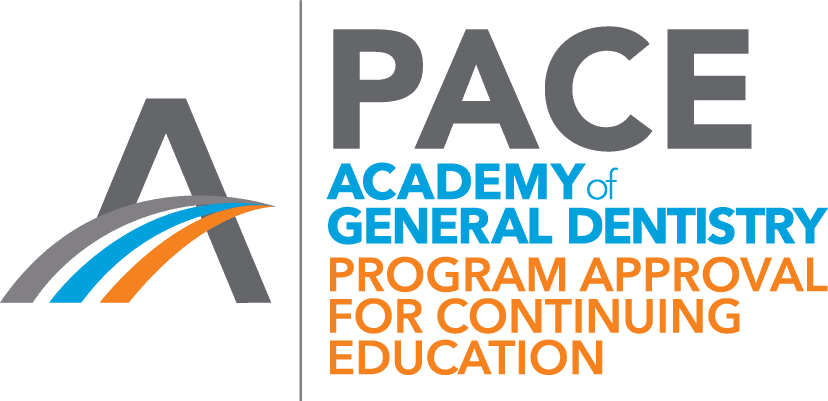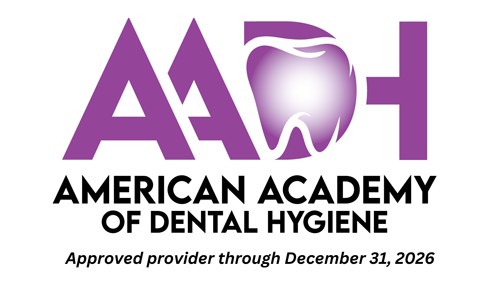A PEER-REVIEWED ARTICLE | by Eric Bornstein, DMD
Dental professionals can play a central role in the early detection and intervention of polysubstance abuse in their patients. Physicians often overlook the oral indications of, and miss the correlation between, oral health and substance abuse if they fail to look in a patient’s mouth. Dentists and hygienists, with their specialized training in oral medicine, have a unique opportunity to identify drug use and addiction issues through direct observation of oral tissues, symptoms, and disease. In today’s world, with multisubstance addiction coinciding with the opioid crisis in America, there is a necessity for extended training in substance use and abuse recognition for dental professionals. Additional training will equip dentists and hygienists with the necessary tools to contribute more effectively to their patients’ overall health and well-being. This course will guide dental practitioners in the identification of polysubstance signs and symptoms, thereby facilitating the early detection of polysubstance abuse. Further, it will outline the oral manifestations associated with various substances of abuse. Finally, it will suggest courses of action and referrals for patients who have multisubstance addiction and problems.
Educational objectives
At the conclusion of this educational activity, participants will be able to:
- Discuss the role of drug addiction in dental health and disease
- Describe the relationship between polysubstance use and informed consent for dental procedures
- List the adverse drug reactions with dental pharmacology and polysubstance use
- Improve patient care with logical choices for pain control prescriptions
- Describe the implications for dentistry and other health-care professions
Image credit: 115123775 © Marija Stepanovic | Dreamstime.com
Quick Access Code: 22355






